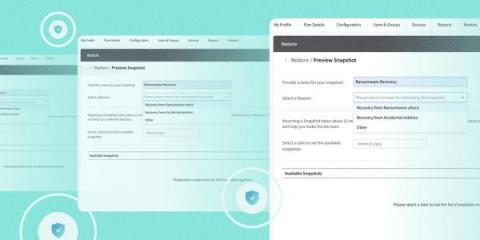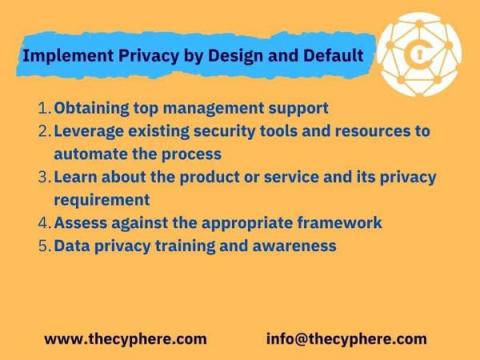Weekly Cyber Security News 17/06/2022
A selection of this week’s more interesting vulnerability disclosures and cyber security news. For a daily selection see our twitter feed at #ionCube24. Anker are a very popular consumer technology company, so if you have one of their home hubs, you might want to take a look pretty quickly.










